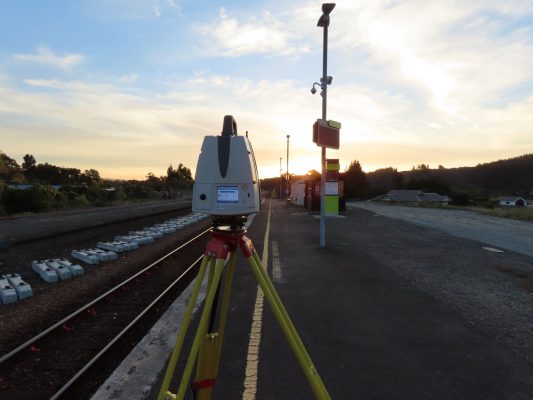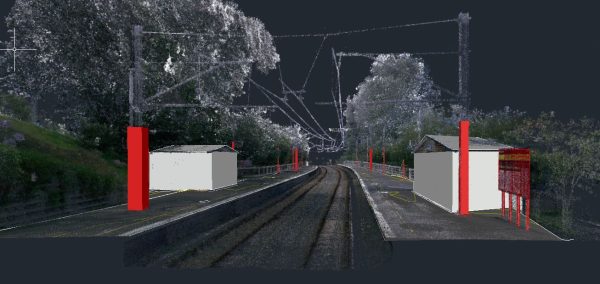Digital, Building Information Management, Common Data Environments. In amongst the buzz words it is often easy to forget the fundamental purpose of an asset management strategy; delivering reliable services to customers. This purpose is realised through robust asset management practices such as those demonstrated by Metlink.
Over the summer Vitruvius and Metlink have been working together to create digital twins of existing rail platforms across the wider Wellington Region. These digital twins are laser scanned digital versions of the assets found at each platform as well as hidden assets such as buried services, pipes and ducts. They provide Metlink with the underpinning information to inform their asset management strategy; as well as a blueprint to grow asset management capabilities.
However, how can we connect decision makers with the rich information of a laser scan and digital twins? The answer lies in asset information management.
An asset’s true value is realised by the transformation of asset information into simple and informative outcomes that each stakeholder finds relatable, and meaningful.
Working with Metlink, Vitruvius mapped the data journey from capture through to transformation and end use before collecting it. By understanding how data would be used, necessary steps were placed in the transformation process to ensure the outputs are both relatable, and meaningful. The approach taken by Metlink means they will see realise significant benefit in their long term asset management practices, including:
- Ensuring data is translated into GIS objects for use in the organisation’s geospatial system (accessible to the organisation, not just specialists).
- Defining data asset classes so assets can be individually created, tracked, and managed over their useful life (relatable at both a financial, and operation level).
- Converting data into engineering databases that can be used by suppliers to plan asset enhancements or renewals (practical and cost-effective as the same information can be reused for multiple purposes).
- Generating 3D models for network planning or future activities such as customer experience management (beneficial to multiple stakeholders at an engagement level).
The benefits above also provide opportunity for the organisation to engage with internal stakeholders in new ways as asset management capabilities grow. These may include informing maintenance strategies, health and safety assessments, region or route planning, even capacity and growth opportunities. They also provide opportunity for more immersive experiences such as AR or VR to assist in public engagement and future growth of the regions commuter rail services.
If you would like to learn more about our abilities to capture, transform and enhance asset management practices then please get in touch with one of our Business Leaders in Auckland, Tauranga or Wellington. We would love to speak with you.

